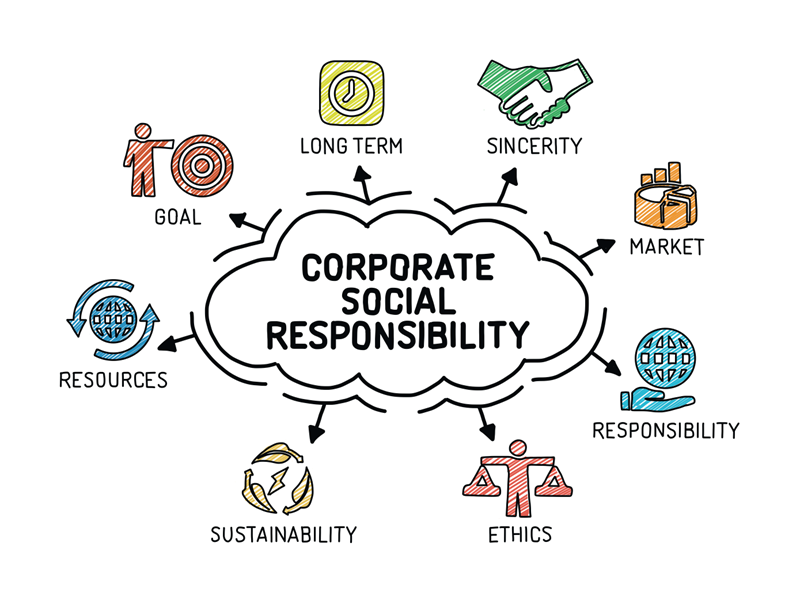Social listening is an increasingly popular method of engaging with customers online. It is a great way to stay on top of customer service issues and to gain a better understanding of what your customers need. But what are the advantages of using social listening for customer service? In this blog post, we will take a look at what social listening is and the benefits of using it for customer service. We will explore how it can help you better understand your customers and how it can help you improve customer service. After reading this post, you should have a better understanding of the advantages of using social listening for customer service.
Read more: reputationguards
What Is Social Listening?
Are you looking for ways to improve your customer service? If so, social listening may be a good way to start. Social listening is the practice of collecting data from a variety of sources, such as social media, email, and chat logs, in order to understand how your customers are feeling and what they are saying about your brand or product. By understanding these insights, you can better serve your customers and reduce customer dissatisfaction.
There are many benefits of using social listening in customer service. For example, you can identify problems early on and resolve them quickly – leading to satisfied customers. You can also identify opportunities early on and take advantage of them before your competition does – increasing brand loyalty and revenue. In addition, social listening can help you better understand your customers’ needs and wants. This knowledge can help you create more engaging products that meet those needs.
There are several different types of data that can be collected through social listening. These include sentiment analysis (i.e., measuring the positive or negative sentiment around a topic), response rate analysis (measures how often people respond to prompts or questions), demographics analysis (such as identifying which groups of people are talking about your brand or product most), feedback score analysis (measuring how satisfied customers are with the quality of the support they have received), and community engagement tracking (monitoring who is commenting on content, sharing content links, liking/sharing posts).
To effectively use social listening in customer service, it’s important to have clear objectives for doing so. Then you can design a plan that specifically targets those objectives using the right data sources. Additionally, it’s important to track collected data regularly in order to make informed decisions about how best to use it. Finally, it’s important not only to analyze collected data but also to act on those insights in order to improve customer satisfaction even further!
Understanding How to Leverage Social Listening to Improve Customer Satisfaction
There’s no doubt that social media has revolutionized the way we communicate with one another. No matter where you are in the world, you can be sure that somebody is communicating on social media. In fact, according to Statista, there are now more than 2.2 billion active users of social media platforms like Facebook, Twitter, and LinkedIn.
As a business owner or manager, it’s important to understand how to leverage social listening in order to improve customer satisfaction. Social listening is the process of monitoring and analyzing conversations about your brand or product on social media in order to gain insights about customer behavior and pain points. This information can then be used to improve your overall customer experience strategy and create better relationships with your customers.
Below, we’ll take a look at some of the ways that social listening can help improve customer satisfaction. First, understanding customer behavior on social media allows you to identify common patterns and trends in how your customers interact with your brand or product. This information can help you develop better strategies for marketing and messaging, as well as improving customer service quality. Secondly, by identifying areas of dissatisfaction with your product or service, you can develop plans for addressing these issues head-on instead of leaving them unresolved or ignored. This will result in improved loyalty and retention rates for your customers, who will appreciate feeling heard and understood throughout their interactions with your business.
Overall, using social listening data to inform decision making is essential for developing an effective customer experience strategy tailored specifically for each individual consumer base. By taking these steps into account when designing an overall strategy for interacting with customers online, you’ll be able to build stronger relationships that lead to long-term success for both parties involved!
See also: How Social Listening Can Help You Build a Strong Online Presence
Benefits of Using Social Listening for Customer Service
Customer service can be a difficult task, and it can often be costly to provide quality service. However, there are a number of benefits that come with using social listening for customer service. By monitoring conversations related to your brand on social media, you can increase customer satisfaction and loyalty. Additionally, you can use this information to develop new strategies to engage with customers and improve product and service offerings.
It’s important to respond quickly and accurately when a customer contacts you via social media. By doing so, you will not only satisfy the customer but also build trust between the two of you. Gather as much information as possible from the conversation in order to resolve the issue as quickly as possible. This will save both time and money for your business.
Keep an eye on competitor activity in order to stay ahead of the game. By understanding what they’re doing, you can adapt your marketing strategies accordingly. This will help you gain an advantage over your competition while also reducing customer service costs by identifying problems early on in their development cycle. Finally, use automated responses when possible in order to reduce the amount of human interaction required with customers. This will save both time and resources for your business.
To Sum Up
In conclusion, social listening is an invaluable tool for customer service and can provide a number of advantages. By monitoring conversations on social media, businesses are able to identify trends in customer behavior and develop strategies to improve their customer experience. Additionally, they can use automated responses to respond quickly and accurately while also reducing costs associated with human interaction. Finally, they can gain insight into competitor activity and adjust their marketing strategies accordingly. Taking advantage of these benefits will help businesses build stronger relationships with their customers, leading to increased loyalty, satisfaction, and retention rates.



